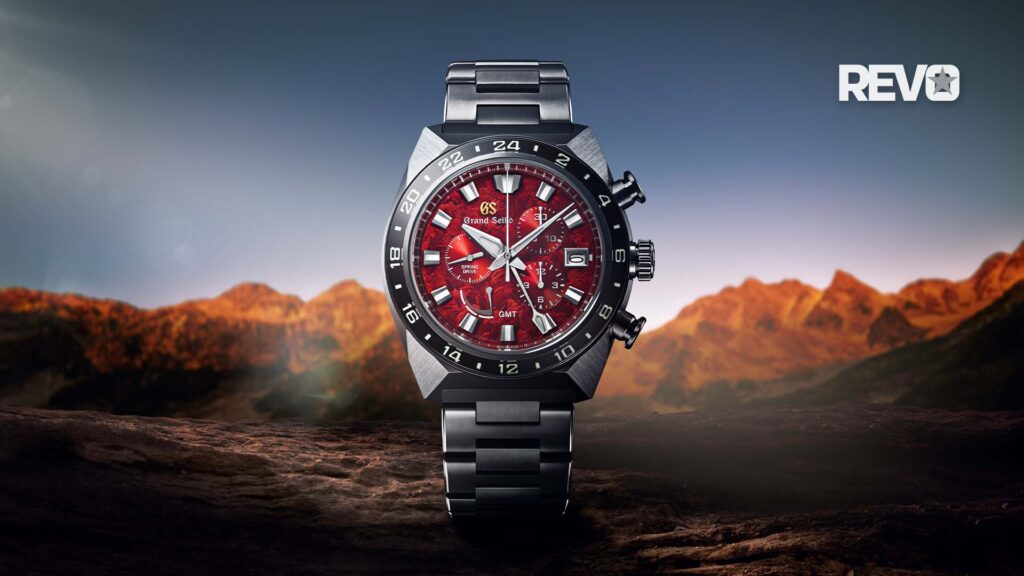Cartier
The Cartier Tank Française – A Historical Overview
While classics are gold, newer models, such as the Tank Folle and Tank Française, also embody the essence of a Tank, but with a modern twist. Reflecting its contemporary origin, the characters of the newer models are interesting subjects that demonstrate the evolution of the Parisian watchmaker, especially because they are lesser known or discussed.
One of the most recent additions to the Tank family that caught my eye is the Tank Française, launched in 1996. It’s technically the first Tank with an integrated bracelet that was designed to complement the case, earlier Tank bracelets being more or less general. And importantly, the Française has an angular case and bracelet that gives it a unique look compared to the original Tank model from 1919.
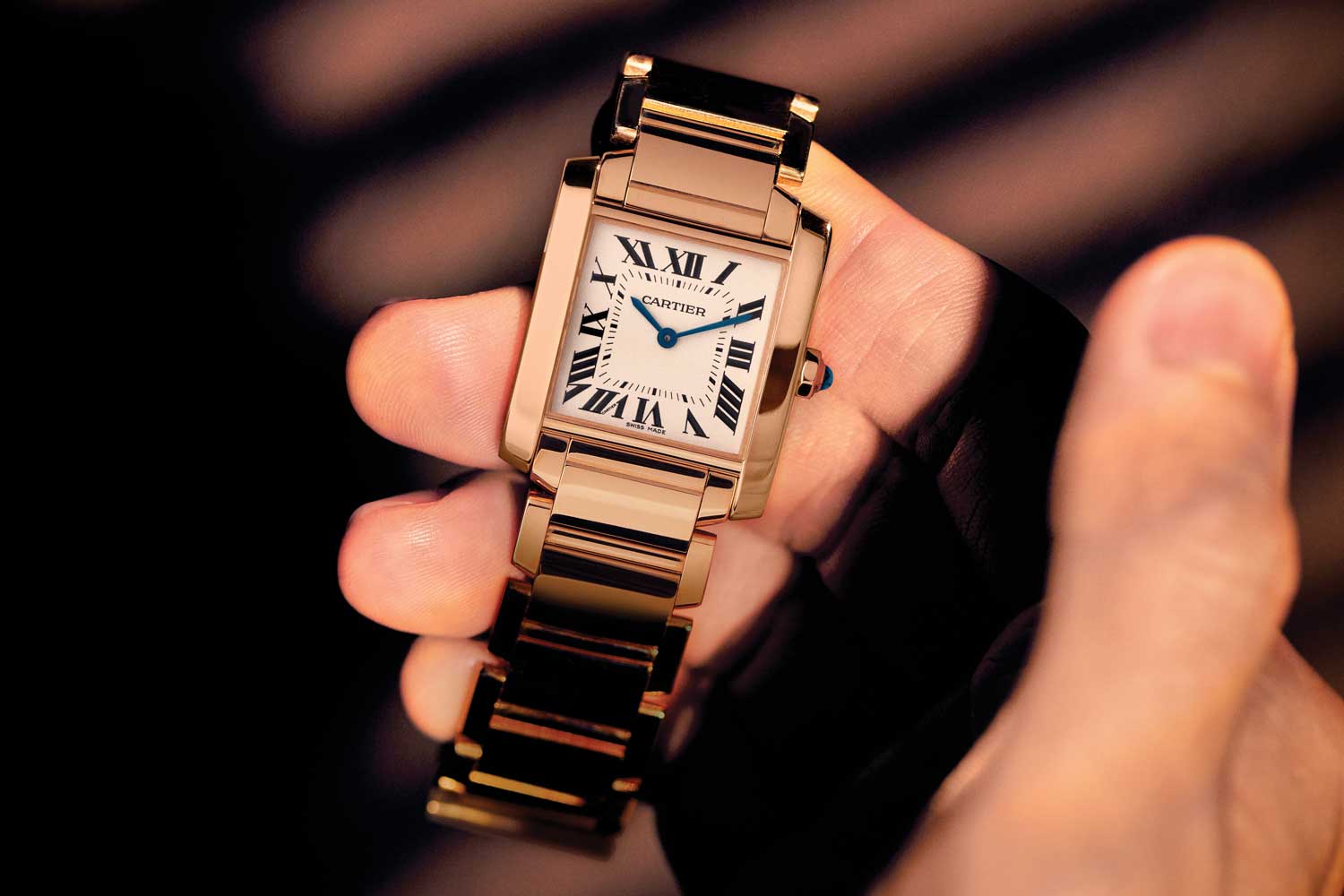
In this guide, we will delve into the intricate design and key characteristics of Tank Française, explore various iterations including complicated models and special editions that will interest sharp-eyes collectors, and share some interesting anecdotes of this modern icon.
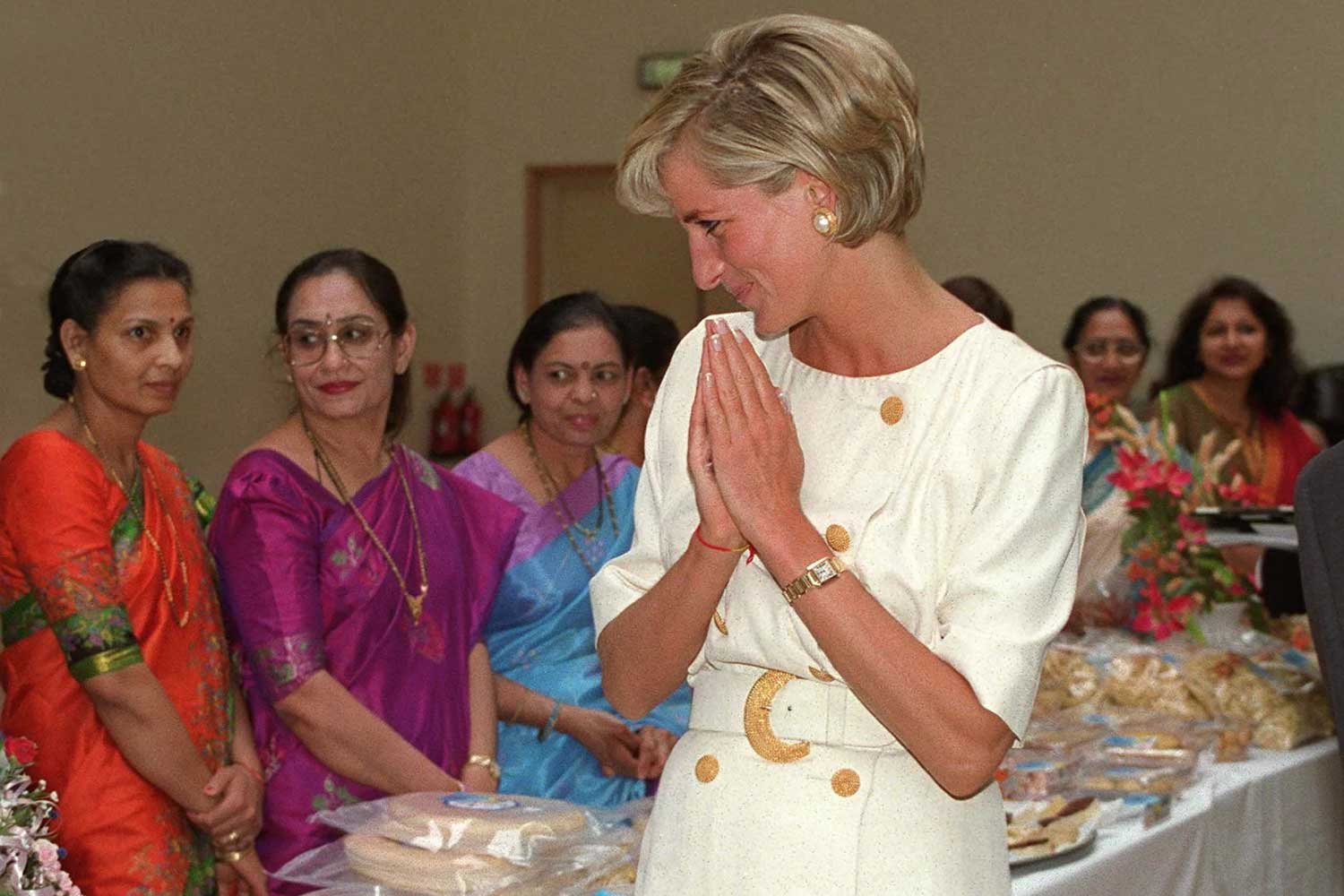
Diana, Princess of Wales wearing her yellow gold Tank Française.
Origin
The Tank Française was introduced in 1996, though it was reportedly showcased in Geneva in 1995. Although a relatively new addition to the Tank family, it follows a decades-old trail laid by previous Tank models, but is infused with contemporary twists. The Tank Française sets itself apart with the angular details. While the original Tank has a straightforward case, the Française has lugs with pointed tips, as well as a bracelet with pointed links.
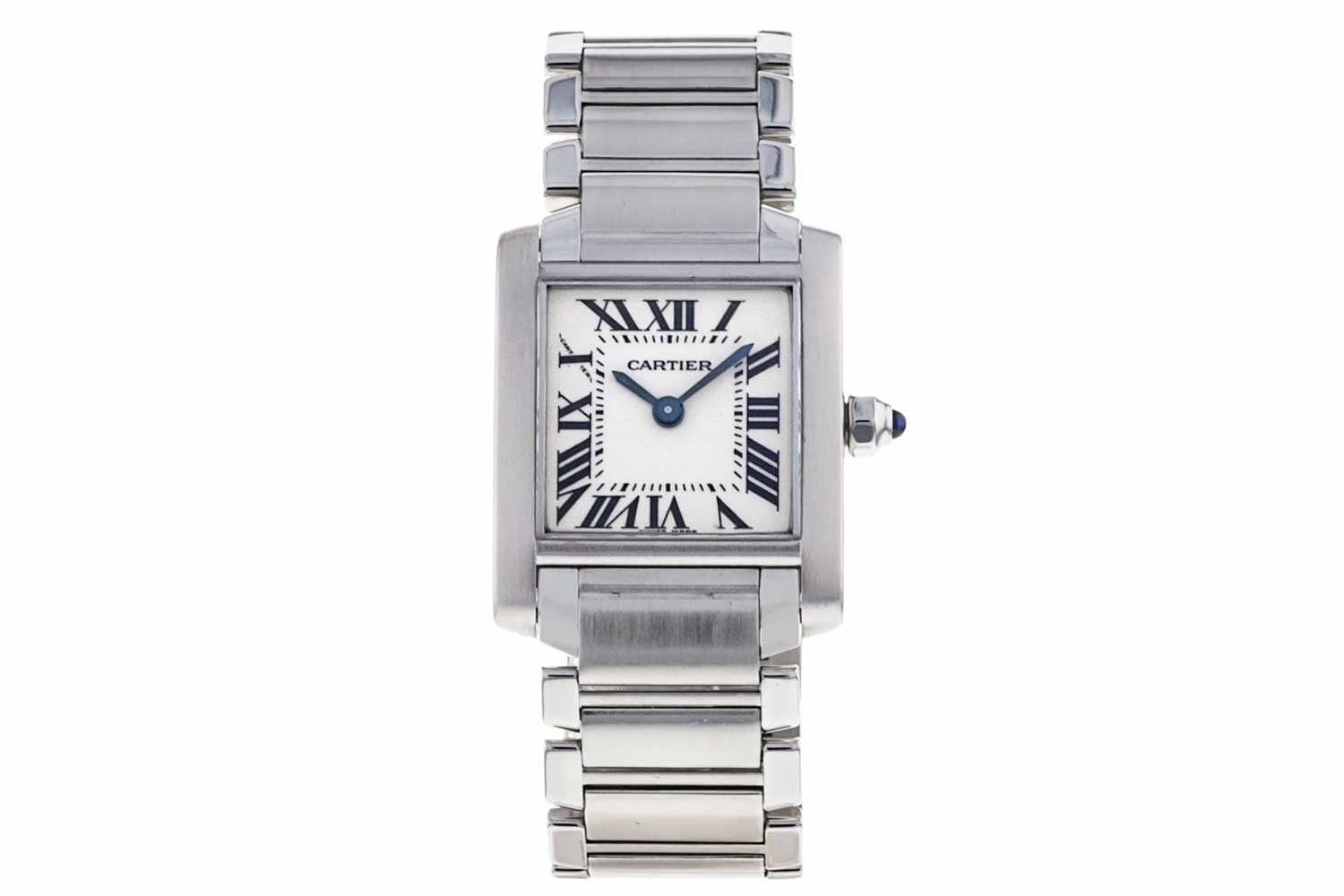
Distinguishing details
The Cartier Tank Française features a rectangular case with a shorter aspect ratio compared to the original Tank, giving it a squarish, and perhaps more, playful look.
Still, the watch preserves the quintessential Tank case style with the twin linear, parallel bezels, which extend beyond the case and double up as the lugs. These vertical bezels, referred to as brancards by Cartier, resemble the silhouette of a military tank in a bird’s-eye view.
Here the bracards have been playfully recast with angular ends, giving the watch a sporty twist. Interestingly, the end links of the bracelet are also funky; they continue tracing the trajectory of the lugs, and the result is a rectangular watch with a hexagonal flavour.
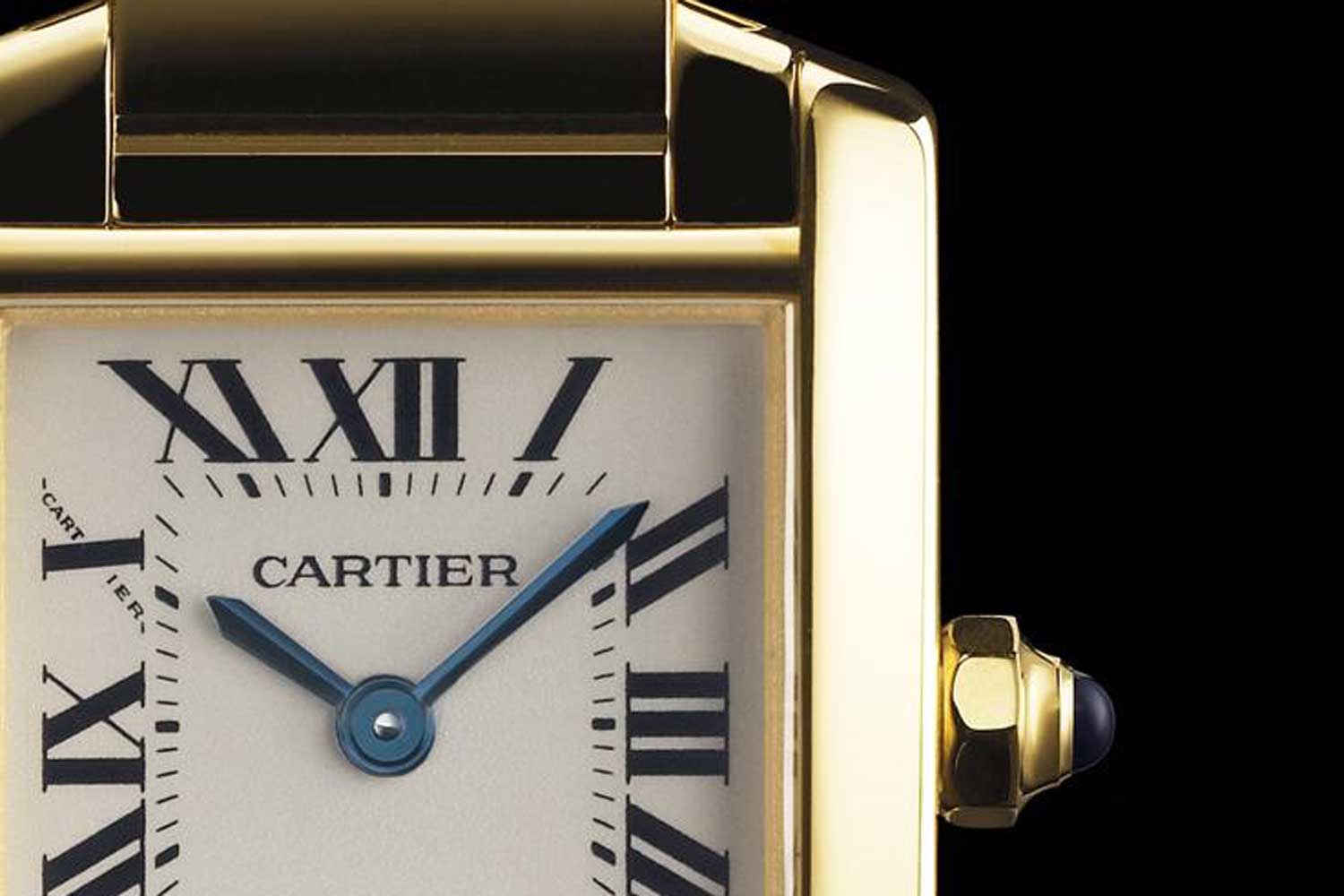
More details
After discussing the main features of the Tank Française, including the sharp lugs and links, let’s explore further details of the watch, including materials, finishing, and movements.
Since its inception, the Française has been available in a variety of materials, including steel, gold, and two-tone combinations of steel and gold. It’s worth noting that the original Française was first released in yellow gold and two-tone in 1996, with the all-steel model following a year later.
While the solid gold version is certainly striking, the steel and two-tone models also possess ample charm. Additionally, the relatively affordability of base metal options makes them accessible to a broader range of audience, particularly younger individuals who are seeking a high-quality luxury watch with a French flair.
In terms of finishing, the case can be found in either all polished or a combination of brushed and polished surfaces. I personally appreciate the version with a brushed bezel, as it gives the watch a relaxed, vintage feel reminiscent of white-metal Tanks on a bracelet.
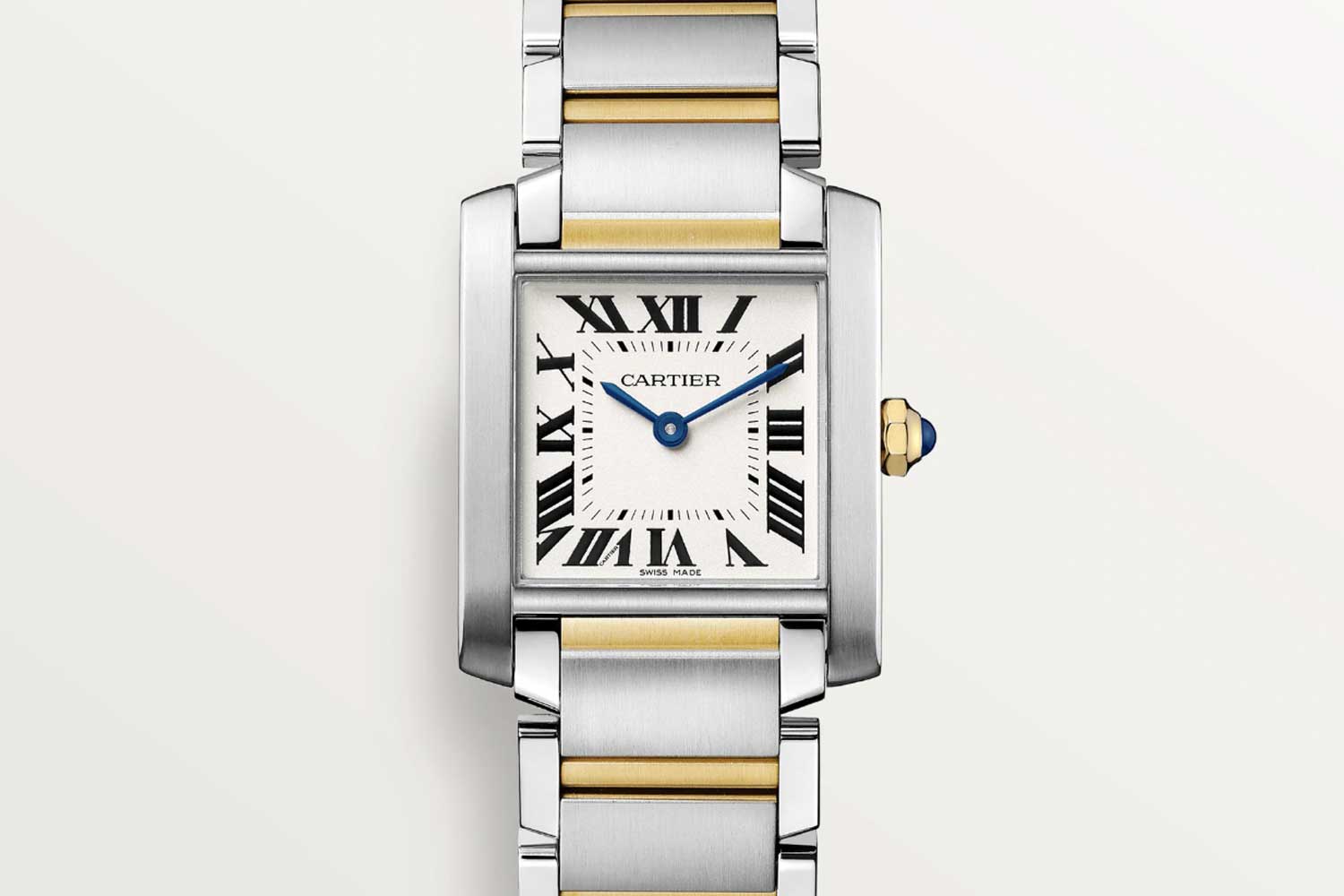
Movement and complication
When the Française debuted in 1996, it was a full-fledged collection of diverse sizes, materials, and complications. However, over the years, the collection contracted. The original Française was available in several sizes, with the largest being a chronograph and the rest being simple time-only models.
Smaller time-only models were equipped with quartz movements, while the largest time-only model featured an automatic movement, the Cartier 120, which used the ETA 2000 as an ebauche. The ETA 2000 was essentially a smaller ETA 2892 designed for ladies watches, explaining its diameter of 19.4 mm and thickness of 3.6 mm, though it remains practical with a date, hacking seconds, and a power reserve of 40 hours.
But the most interesting version is arguably the chronograph, despite it being a quartz watch. The Française Chronograph has an unusual layout, with twin counters at the bottom of the dial and a date counter at 12 o’clock.
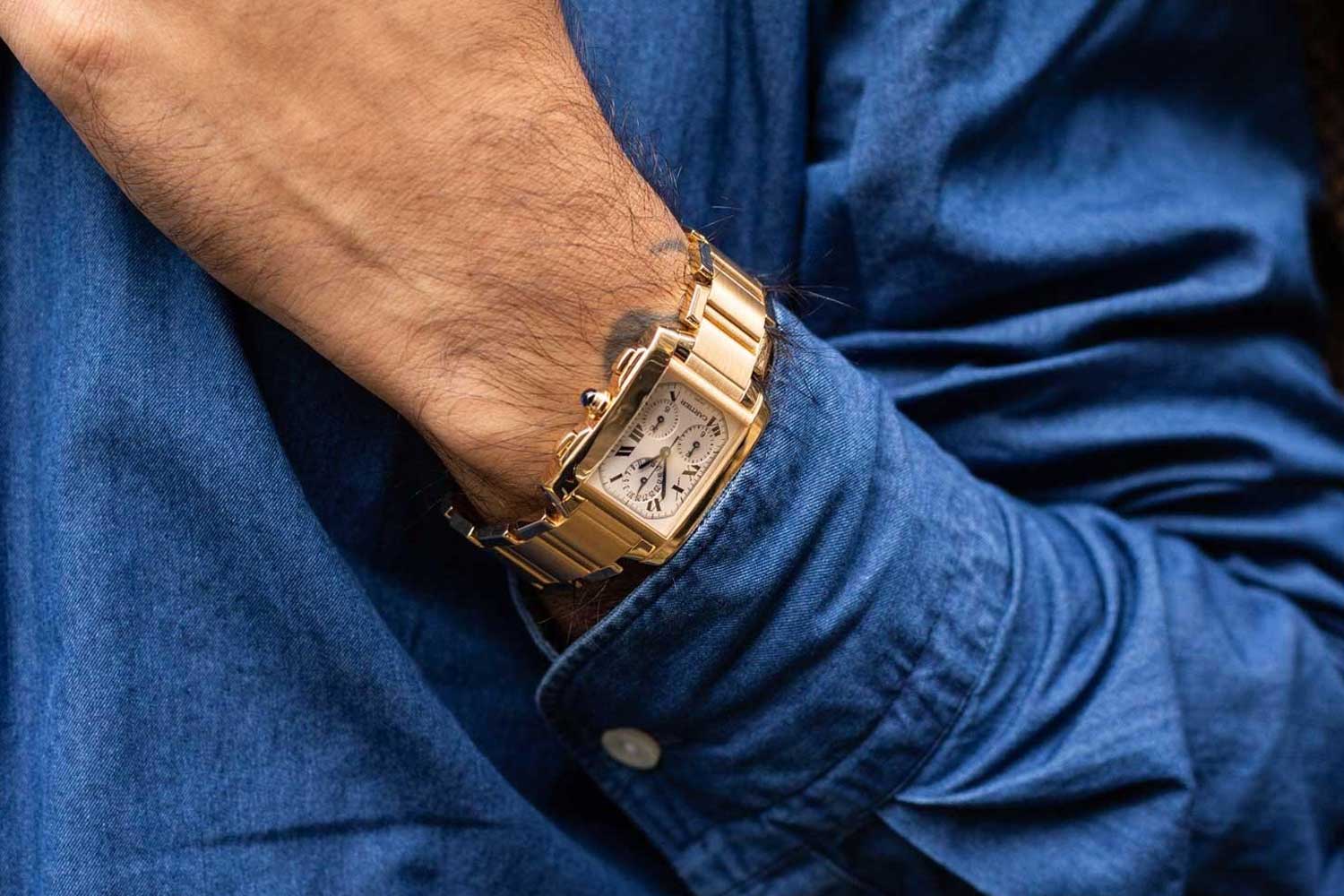
Thanks to the Piaget calibre, the Tank Française Chronograph has an unusual dial layout.
Setting the cal. 212P can be both confusing and fun, as it includes functions not found in standard quartz chronographs. The cal. 212P has two crown positions, with the first being a quick-set for the hour instead of the date, allowing the hour hand to advance in one-hour increments, and the second being the position to set everything at once. Notably, turning the crown quickly will activate a rapid setting function, where the hands and date advance quickly and automatically, and it only stops when the crown is pushed back in. This can also be done in the backward direction as well, eliminating the inconvenience of setting a date typically associated with a watch with a quick-set hour hand.
The coolest thing about the cal. 212P is the split-seconds chronograph function. Although it lacks the standard twin, co-axial elapsed seconds hands, the split-seconds function can be activated when the chronograph is stopped with the bottom pusher instead of the usual top. This instructs the movement to memorise the elapsed time between two events, and the second reading will be shown when the top pusher is activated again. The execution may not be as elaborate as a mechanical split-seconds watch, but it’s very cool and showcases the compelling side of quartz technology.
Special editions
Yearling
Several distinct versions of the Tank Française have been rolled out over time, and one of the most well-known is the Yearling lineup, with an extra-wide bezel and extra-large case. Once again, two different configurations were available, with the XL model being a time and date and the XXL a chronograph. Both versions were delivered with a leather strap.
The chronograph is notably different from the standard models thanks to the new octagonal chronograph registers as well as a fan-shaped date window, instead of the triple, round sub-dials. A short-livedcollection that’s practically a one-off production, the Yearling was introduced in the early 2000s and was only produced for about a year.
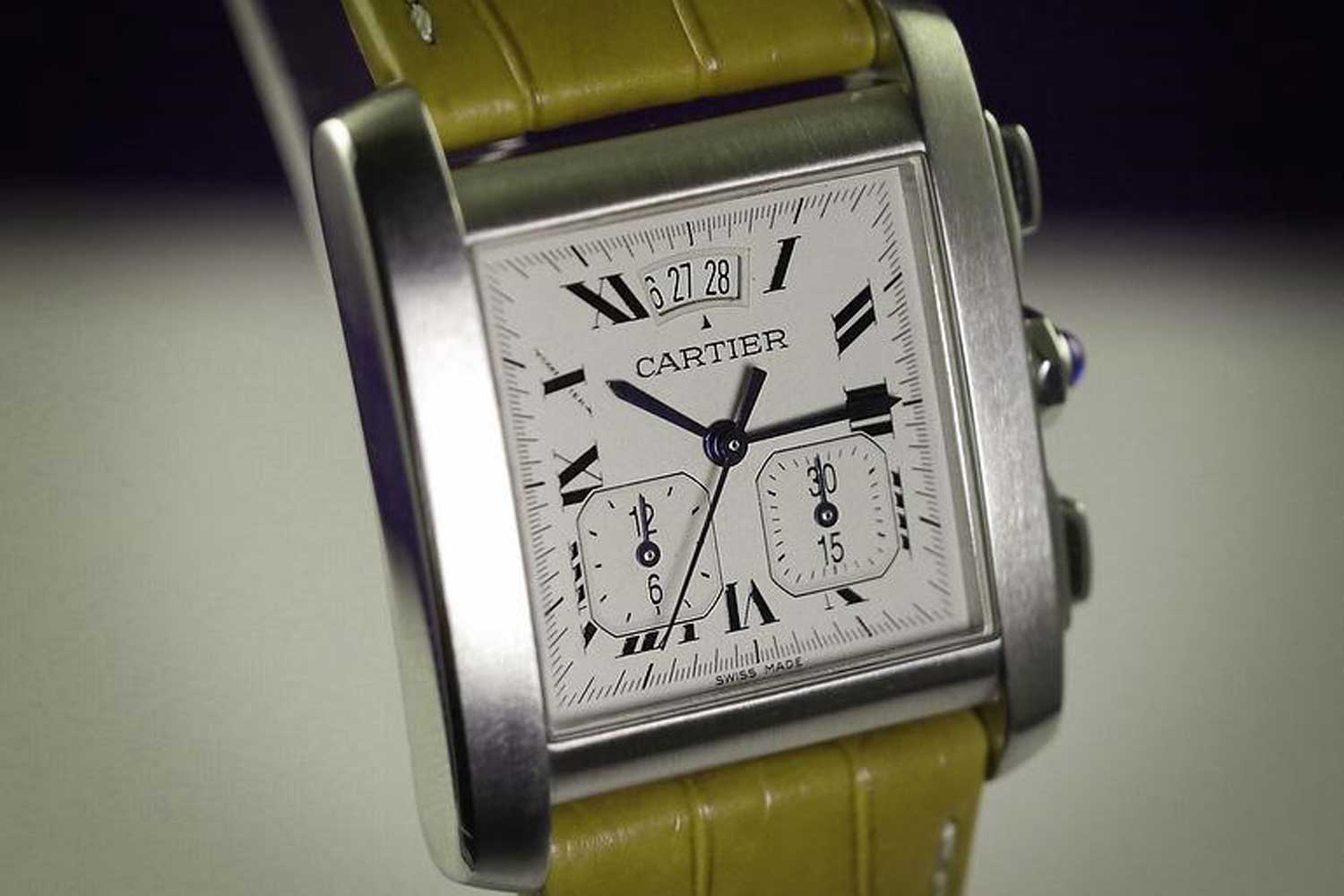
The Cartier Tank Française Yearling
Fun dials
While the Yearling had a standard silver dial that is classic Cartier, other special editions of the Française had playful and chic palettes. Notable examples include a pink mother-of -pearl dial matched with a pink spinel on the crown, and one with an entire landscape turned into a motif created to mark the 160th anniversary of Cartier. Another compelling dial was a chequered board pattern but consisted of unusual elements, namely a mix of Cartier’s logo and diamonds.
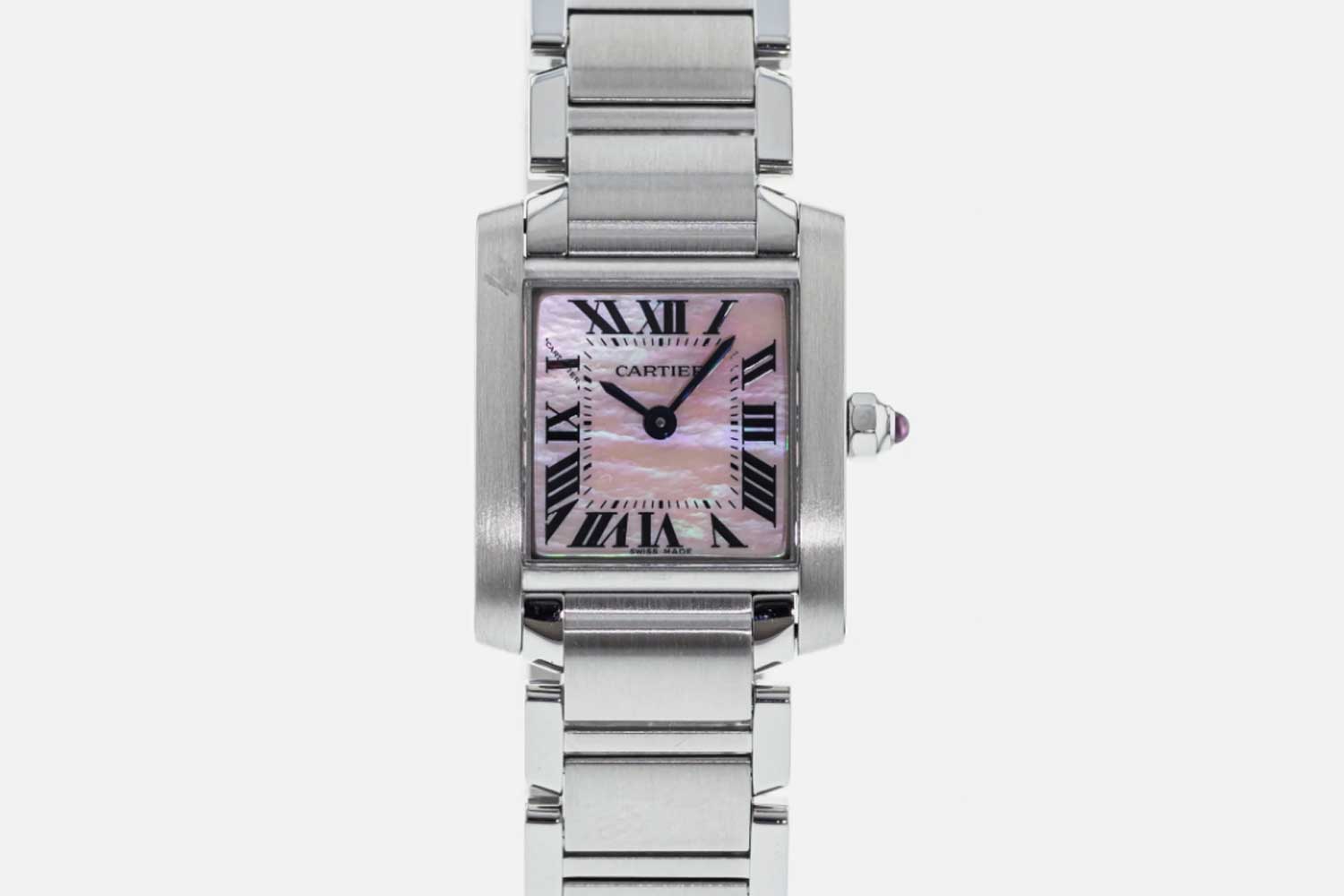
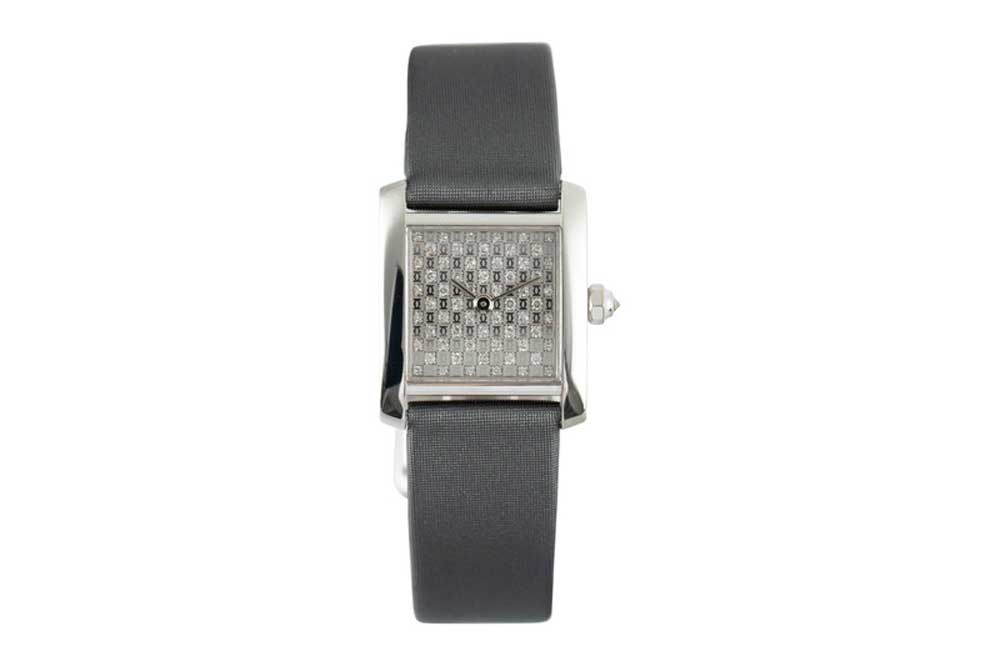

High jewellery
Also in the vicinity, but certainly out of reach for most of us, are the high-jewellery designs: several Tank Française have been transformed with the addition of precious stones on the dial, case, and even bracelet. These watches offer a concentrated dose of Cartier’s expertise in design and jewellery.
In the high-jewellery versions, the most low-profile are those with only the bezels adorned with shiny stones such as diamonds or sapphires, while the rest of the watch remains stock. A standout in this genre is a yellow gold Française with orange sapphire bezel that bounds a matching champagne dial, creating warm and refreshing. Another noteworthy example is a white gold Française with a diamond bezel and a light grey dial filled with the brand’s name in different fonts.
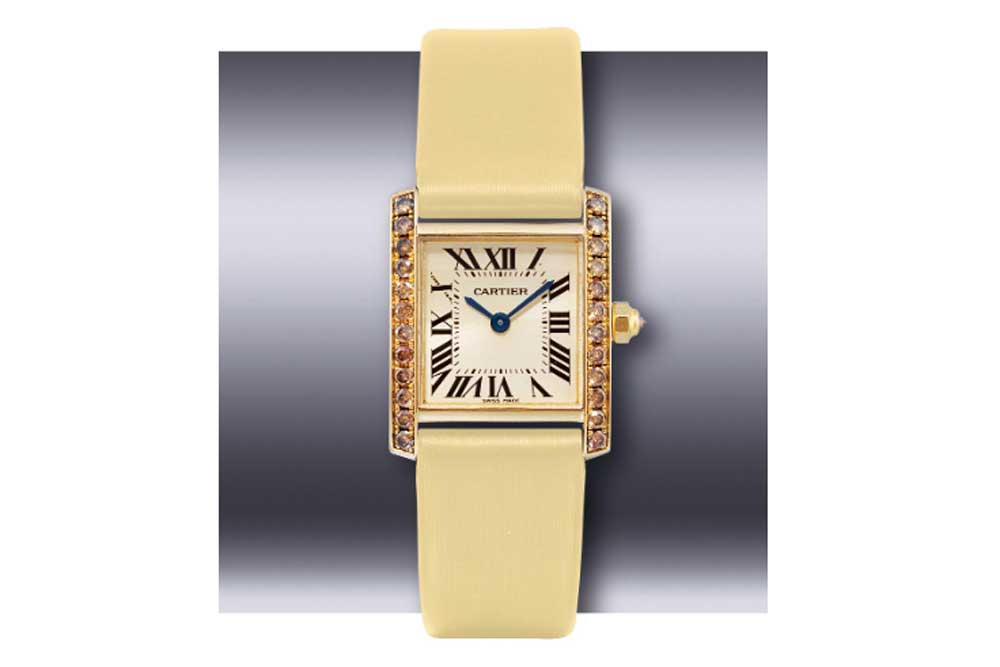
Image from Christie's
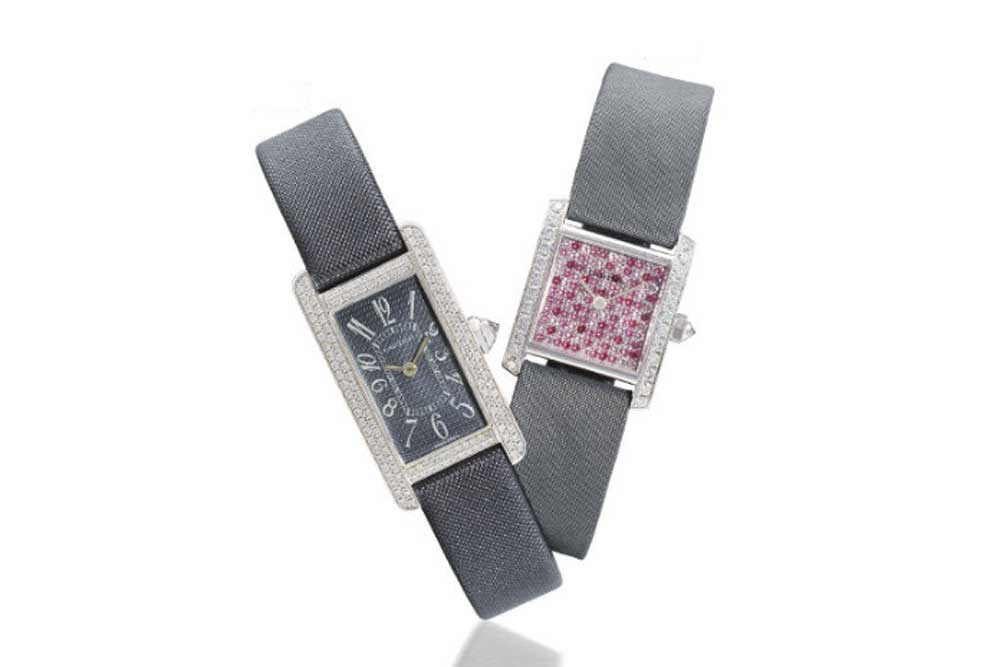
Image from Christie's
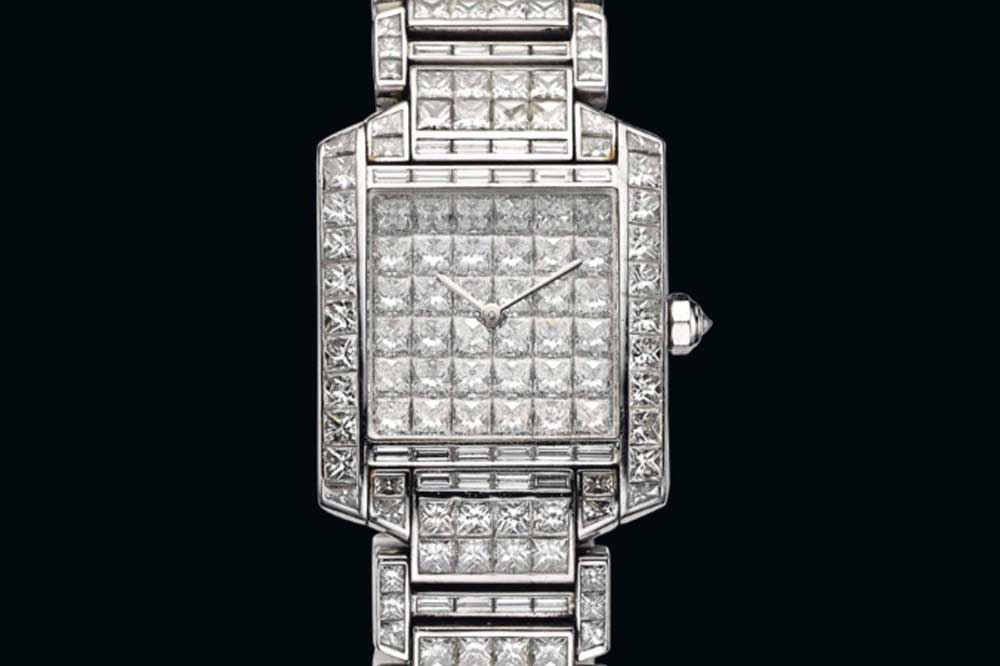
Image from Christie's
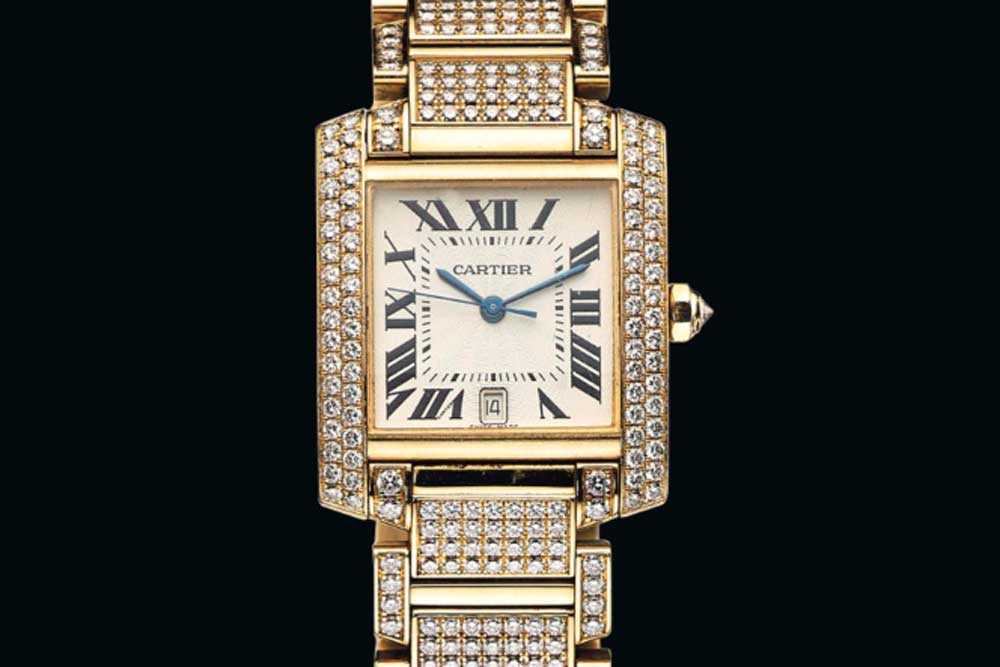
Image from Christie's
Famous Française
Although it’s not terribly old, the Tank Française has several notable historical owners, including royalty and politicians. Perhaps the most famous owner of the watch is the late Princess Diana, who was often spotted wearing a yellow gold Tank Française on a bracelet. She was seen wearing the watch as early as the late 1990s, indicating that she had owned the watch since the early days of the Tank Française.
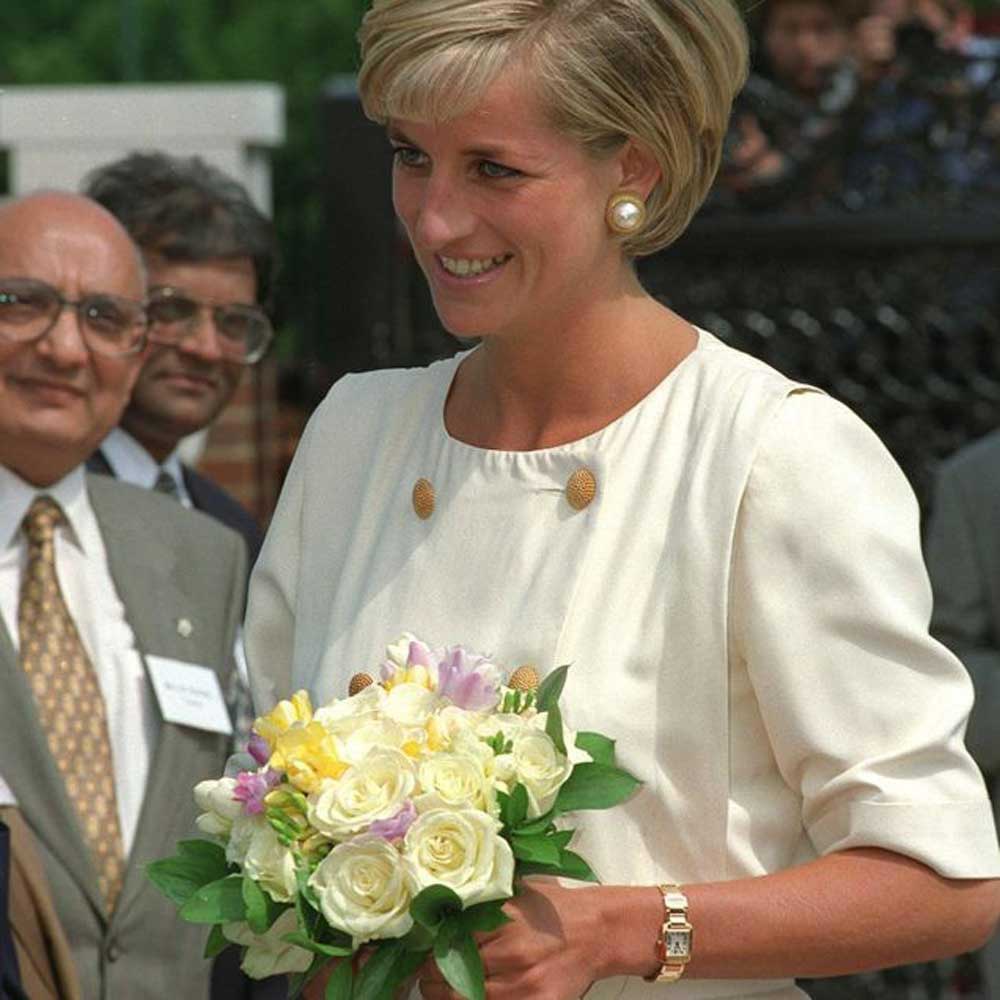
Finally, the former first lady of the United States, Michelle Obama, was seen wearing a Tank Française in her first official photograph in the White House. The photo was taken in 2009 and shows that Mrs. Obama had an all-steel Tank Française to complement her modest, elegant outfit, which included a long, all-black dress and a pearl necklace.
Amidst the many notable Tank watches, some of which have reached the century mark like the Tank Cintree, there lies a treasure trove of lesser-known models waiting to be uncovered by discerning collectors, the Tank Française being a prime example.
Combining a classic Tank design with a modern twist, the Française exudes the revolutionary and timeless essence of Cartier, resulting in an allure that is uniquely its own. The Française is a true representation of Cartier’s ability to reinvent itself while staying true to its heritage.
For those who admire the Tank design but seek something different, something that belongs to our era, the Tank Française is a timepiece to be cherished.










